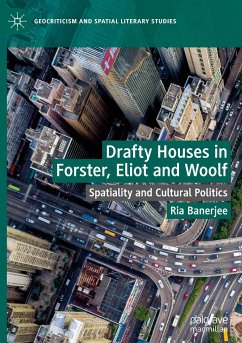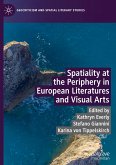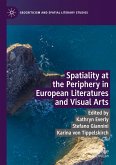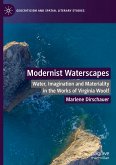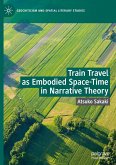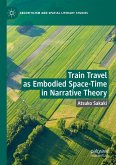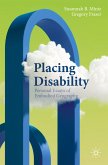This book argues that E. M. Forster, T. S. Eliot, and Virginia Woolf engaged sustainedly with real and imagined places as sites of counter-cultural politics. These writers used architectural images in diaries, essays, novels, poems, and plays to express their dissatisfaction with imperial London: from the glorification of war to the erosion of local religious and linguistic traditions, and rigidly gendered practices in domestic and public life. Drafty Houses shows that each author experienced post-war modernity as intimate spatial dislocation-in Egypt (Forster), in the church (Eliot), or in London's museums and streets (Woolf)-and traces connections between their personal experiences and lesser read publications to theorize about the impact of places on their writerly perspectives. By closely examining each author's negotiation of space symbolic of Englishness, empire, and global politics, Drafty Houses considers the limitsand the open-ended possibilities of liberal humanism, Christian conservatism, and feminist pacifism.
Bitte wählen Sie Ihr Anliegen aus.
Rechnungen
Retourenschein anfordern
Bestellstatus
Storno

